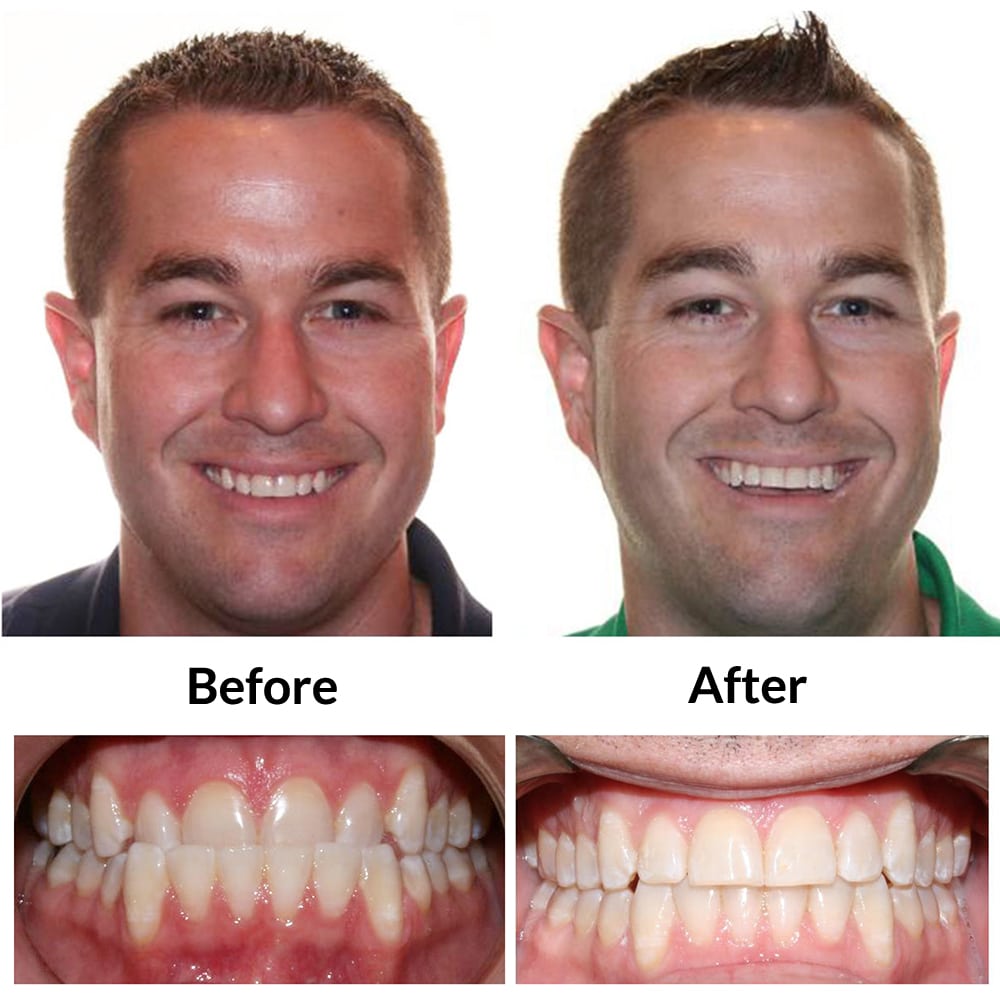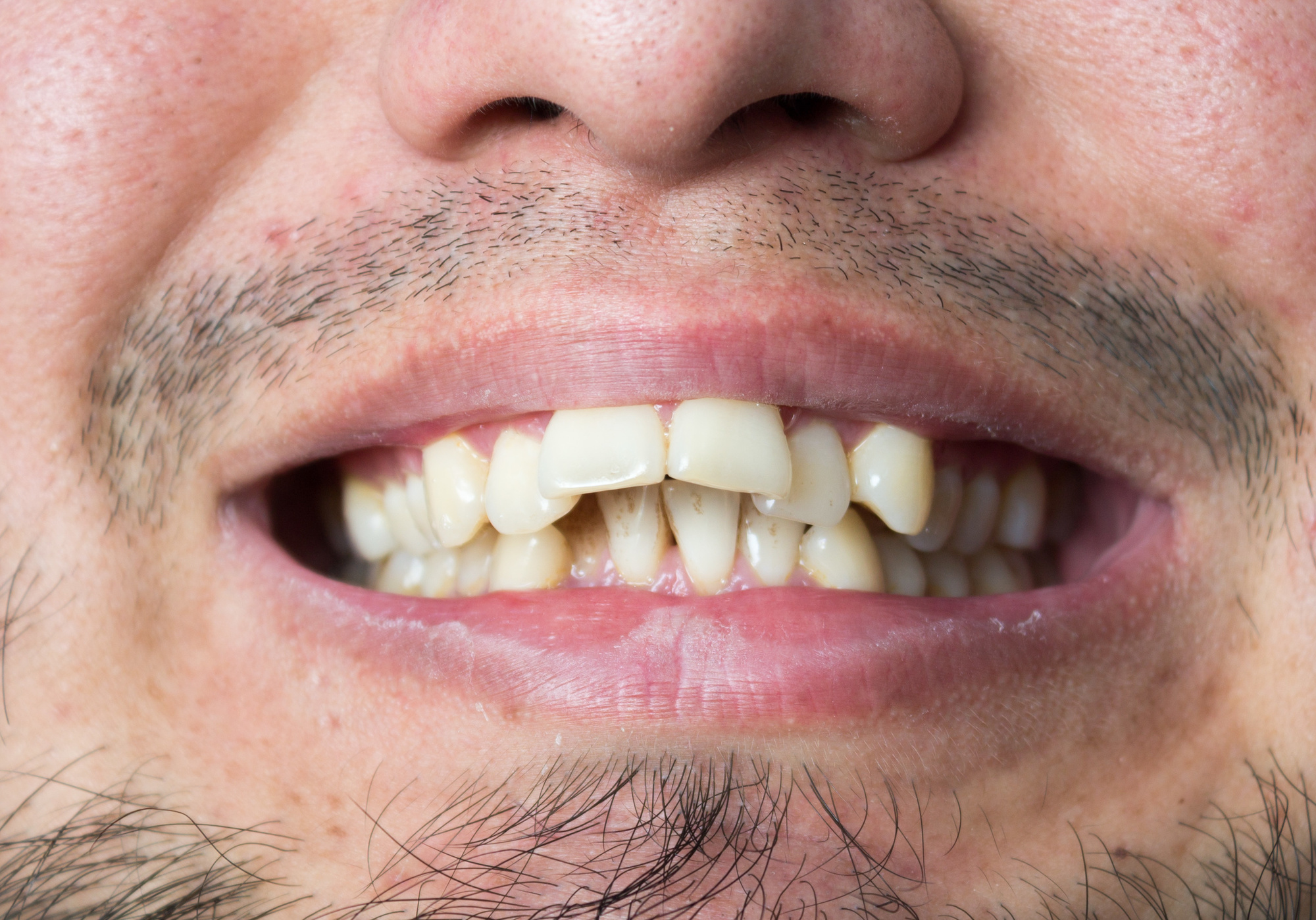What to Anticipate During Your Invisalign Journey: A Comprehensive Overview
What to Anticipate During Your Invisalign Journey: A Comprehensive Overview
Blog Article
Invisalign vs. Typical Dental braces: Which Choice Is Right for You?
When considering orthodontic treatment, the selection between Invisalign and traditional braces offers several vital factors that warrant careful evaluation. Invisalign provides a discreet choice with detachable aligners, while traditional dental braces provide a much more noticeable yet effective service for severe imbalance.
Summary of Treatment Alternatives

On the other hand, standard braces contain metal braces and cords that are bound to the teeth. This approach applies constant pressure with time to attain placement. While effective for complex orthodontic concerns, conventional dental braces require normal brows through for adjustments and can present challenges in keeping oral hygiene due to the difficulty of cleaning up about wires and braces.
Both choices have their qualities, and the selection frequently depends upon details dental conditions, lifestyle choices, and person conformity. Ultimately, getting in touch with an orthodontic specialist is important for figuring out one of the most suitable therapy plan tailored to private demands. Understanding the subtleties of each alternative can dramatically affect the overall success of orthodontic therapy.
Aesthetic Considerations
A significant element influencing the option between Invisalign and typical dental braces is the aesthetic appeal each therapy provides. Invisalign aligners are crafted from clear plastic, making them virtually undetectable when put on. This very discreet appearance is specifically attracting adults and teenagers that might feel uneasy concerning their orthodontic therapy. The capability to maintain a natural smile throughout the alignment process can considerably improve the individual's confidence in professional and social setups.
On the other hand, traditional braces contain metal brackets and cables, which can be extra obvious. While improvements in orthodontic innovation have led to the advancement of smaller braces and tinted elastics, conventional dental braces still keep a more noticeable profile. For some people, the visibility of dental braces may prevent them from seeking required therapy.
Eventually, the selection between Invisalign and traditional braces might rest on individual preferences relating to aesthetic appeals. Individuals that prioritize discretion commonly favor Invisalign, while those that are less concerned concerning exposure may choose conventional braces. Understanding the aesthetic implications of each option is vital for making an educated decision that lines up with one's way of life and choices.
Comfort and Convenience

In regards to ease, Invisalign aligners are detachable, enabling clients to enjoy their favored foods without constraint and keep optimal dental hygiene. Cleaning and flossing are streamlined, as the aligners can be taken out during these routines, whereas standard dental braces need careful maneuvering around wires and braces.
In comparison, typical dental braces demand normal adjustments, making them less convenient for those this post with busy routines. Overall, the convenience and comfort of Invisalign make it an attractive selection for many people seeking orthodontic treatment.
Therapy Period and Efficiency
While both Invisalign and standard braces work in dealing with oral imbalances, the period of therapy can differ dramatically in between the two options. Commonly, Invisalign therapy can take anywhere from 12 to 18 months, relying on the complexity of the situation. The clear aligners work by slowly shifting teeth right into their desired positions, and regular follow-ups with an orthodontist aid make sure development stays on track.
In contrast, typical braces often call for a longer commitment, usually varying from 18 months to 3 years. This is because of their fixed nature and the usage of cords and braces, which can be more effective for complicated instances and serious imbalances (Invisalign). The treatment efficiency of typical braces is well-documented, as they allow for precise changes and greater control over tooth activity
Eventually, the choice between Invisalign and typical dental braces may depend upon both the expected therapy period and the details oral concerns available. Consulting with an orthodontist is critical, as they can provide customized referrals based on private demands, guaranteeing the picked approach straightens with wanted durations and Home Page outcomes.
Cost Comparison and Insurance Policy Choices
Cost plays a significant role in the decision-making procedure for individuals thinking about orthodontic therapy, whether going with Invisalign or typical dental braces. Typically, the price of Invisalign arrays from $3,000 to $8,000, while standard braces normally cost in between $2,000 and $6,000. Variables affecting these important link costs include the intricacy of the instance, the period of treatment, and geographical area.
Many oral insurance strategies supply partial coverage for orthodontic treatments, however the specifics can differ commonly. Normally, conventional dental braces might be extra regularly covered by insurance plans compared to Invisalign, which some insurance companies categorize as a cosmetic treatment.
In addition, several orthodontic techniques offer adaptable layaway plan, making both treatment choices more available. Individuals ought to ask about possible financing choices and discounts for upfront payments. Assessing the total expense, consisting of insurance benefits and layaway plan, is important for making a notified choice that aligns with both visual choices and budget plan factors to consider.

Conclusion
In summary, the choice between Invisalign and conventional braces rests on numerous aspects, consisting of visual choices, comfort, therapy period, and price. Invisalign supplies a very discreet, detachable option that helps with dental health and nutritional versatility, while conventional braces might be extra suitable for complicated dental problems and commonly come with a reduced cost factor. Inevitably, appointment with an orthodontist is vital to examine private conditions and identify the most proper treatment choice for attaining optimum oral placement.
When taking into consideration orthodontic therapy, the selection between Invisalign and typical dental braces offers numerous essential variables that warrant careful examination.Contrasting Invisalign and conventional braces reveals distinct treatment options for orthodontic correction.While both Invisalign and conventional dental braces are efficient in fixing dental imbalances, the period of treatment can differ substantially in between the two alternatives.Price plays a considerable duty in the decision-making procedure for individuals taking into consideration orthodontic therapy, whether deciding for Invisalign or conventional braces.In recap, the choice between Invisalign and traditional dental braces hinges on multiple aspects, consisting of aesthetic choices, convenience, therapy period, and expense.
Report this page